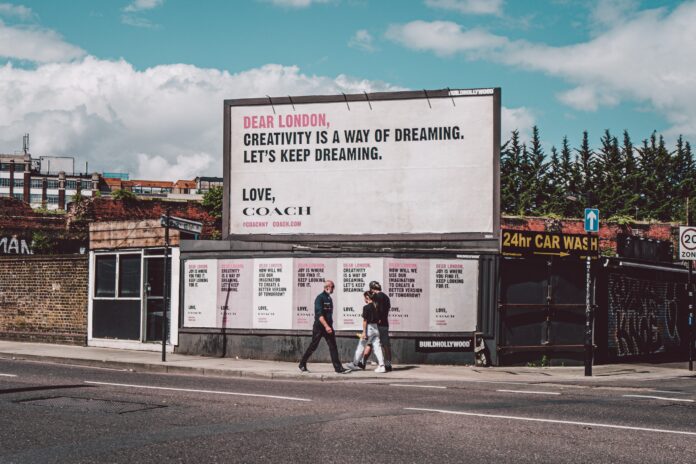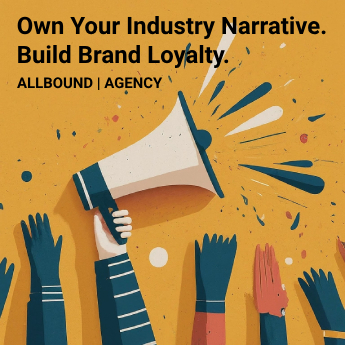Combining Social Media Marketing and Billboards: A Diverse Advertising Approach
Today’s marketing landscape offers a vast array of platforms for connecting with consumers. This post will explore one seemingly unlikely pair: social media marketing and billboards. Understanding their individual strengths, similarities, and how to combine them can significantly boost your marketing plan. Indeed, combining social media marketing and billboards can lead to improved brand visibility, enhanced audience engagement, and a synergistic effect on your overall marketing strategies. Let’s explore in detail how this can be achieved.
I. Defining the Concepts: Grasping the Basics and Their Potentials
Understanding Social Media Marketing
Social media marketing refers to the use of social media platforms to promote products or services. In the era of smartphones and internet accessibility, social media channels such as Facebook, Instagram, Twitter, LinkedIn, and others have become invaluable tools for businesses to reach a broad and diverse audience.
Some benefits of social media marketing include increased brand recognition and loyalty, improved customer insights, and increased conversion rates. An example of a successful social media campaign is Dove’s “Real Beauty Sketches,” which used compelling story-telling to engage audiences and promote body positivity.
Understanding Billboard Advertising
Billboard advertising, a form of outdoor or out-of-home (OOH) advertising, has been a constant in the industry for decades. Despite the surge of digital platforms, billboards remain relevant due to their impactful presence and the widening range of technological advancements, such as digital and interactive billboards.
One successful example is Spotify’s “Wrapped Campaign,” which personalized billboards based on the music listening habits of users in specific geographical areas. The campaign blended data-driven insights and creative content to engage audiences and increase brand visibility – a true modern-day success in billboard advertising.
II. Analyzing the Differences and Similarities: Setting the Stage for Integration
Differences between Social Media Marketing and Billboards
– Audience Reach: Social media marketing capitalizes on its immense, global reach, while billboards target a specific geographic location.
– Speed and Frequency of Updates: Social media updates are instant and frequent, whereas billboards cannot be updated as regularly.
– Geographic Restrictions: While billboards are geographically bound, social media marketing has the capacity to reach a global audience, irrespective of barriers.
Similarities between Social Media Marketing and Billboards
– Advertising Goal: Both methods serve to communicate a message or advertise a product or service.
– Need for Engaging Content: Regardless of the platform, compelling content that grabs audience attention is paramount.
– Interaction: Both platforms allow for direct (social media likes, comments) and indirect (billboards driving online social media engagement) interaction.
III. Coordinating Billboard and Social Media Campaigns
The Potential Benefits of Combining Billboard and Social Media Advertising
Learning the unique strengths of billboard and social media marketing is the first step towards effectively integrating them. When combined, they create a powerful multiplier-effect for the following reasons:
– Improved Brand Visibility: Both platforms help achieve constant presence, ensuring a higher chance of brand recall.
– Enhanced Audience Engagement: Interactive billboards that employ elements of social media can captivate audiences, stimulating online conversations and engagement.
– The Synergistic Effect: Unified messaging across digital and offline platforms can make a campaign more potent and memorable.
How to Align the Content for Both Platforms
Consistent messaging is critical when combining these two platforms. Here are a few ways to align your billboard and social media content:
– Consistent Messaging: Ensure a coherent message across all platforms. Inconsistencies may confuse your audience and dilute your brand’s message.
– Respecting Unique Requirements: Remember the unique requirements of each platform (e.g., a billboard must generate instant impact, social media posts should foster engagement and conversations).
– Unified Storytelling: Use billboards and social media to tell various parts of a compelling brand story. For example, a billboard can tease a story with a powerful image or phrase, prompting the audience to explore the brand’s social media for the full narrative.
IV: Case Studies
Examples of Successful Implementation of Social Media and Billboard Advertising
One notable campaign that integrated social media and billboard promotion is Coca-Cola’s “#ShareaCoke” campaign.
Coca-Cola replaced its logo with the most popular names, prompting consumers to find and share a coke with their name on social media platforms. Billboards and outdoor ads displaying the personalized bottles amplified the impact by increasing visibility, creating a buzz around the campaign.
This campaign illustrates how these two mediums can be aligned for coherent storytelling and interaction, leading to a massively successful and engaging promotion.
V. The Future of Integrated Advertising Campaigns
Trends and Predictions for Social Media and Billboard Advertising
Even as marketing becomes increasingly digital, the effectiveness of offline media like billboards is far from fading. In fact, in our hyper-digital world, tangible, ‘unchanging’ forms of advertising, like billboards, can be a refreshing change for consumers.
However, the challenge of integrating these two platforms will become complex with the ever-evolving innovations in both fields. Yet, it signals great opportunities for brands to experiment and create compelling, multichannel campaigns, leveraging the best of both worlds.
VI. Tips and Tricks for Combining Social Media and Billboard Advertising
Best Practices for Billboards
– Achieve effective visual impact through catchy, large text and vivid graphics.
– Consider location-specific targeting for relevance.
– Ensure clear and concise messaging to produce instantaneous impact.
Best Practices for Social Media Marketing
– Understand your audience and create content aligning with their preferences.
– Use data analytics to optimize your campaign.
– Aim for active engagement through comments, shares, and likes.
Common Pitfalls to Avoid
– Avoid oversaturating consumers with information; be concise and selective.
– Ensure consistent messaging across all platforms.
– Do not ignore your audience; always encourage interaction and engagement on social media.
In conclusion, integrating social media marketing and billboards provides an opportunity for brands to craft well-rounded, effective marketing campaigns. While each platform has its strengths, combining them can leverage their joint benefits from enhanced visibility to intensified engagement and consistent messaging. Indeed, in the journey of storytelling, social media and billboard advertising can become powerful companions, each enriching the tale in its way. Prepare to harness the dual potential of these platforms and watch your brand narrative unfold like never before. Happy marketing!

